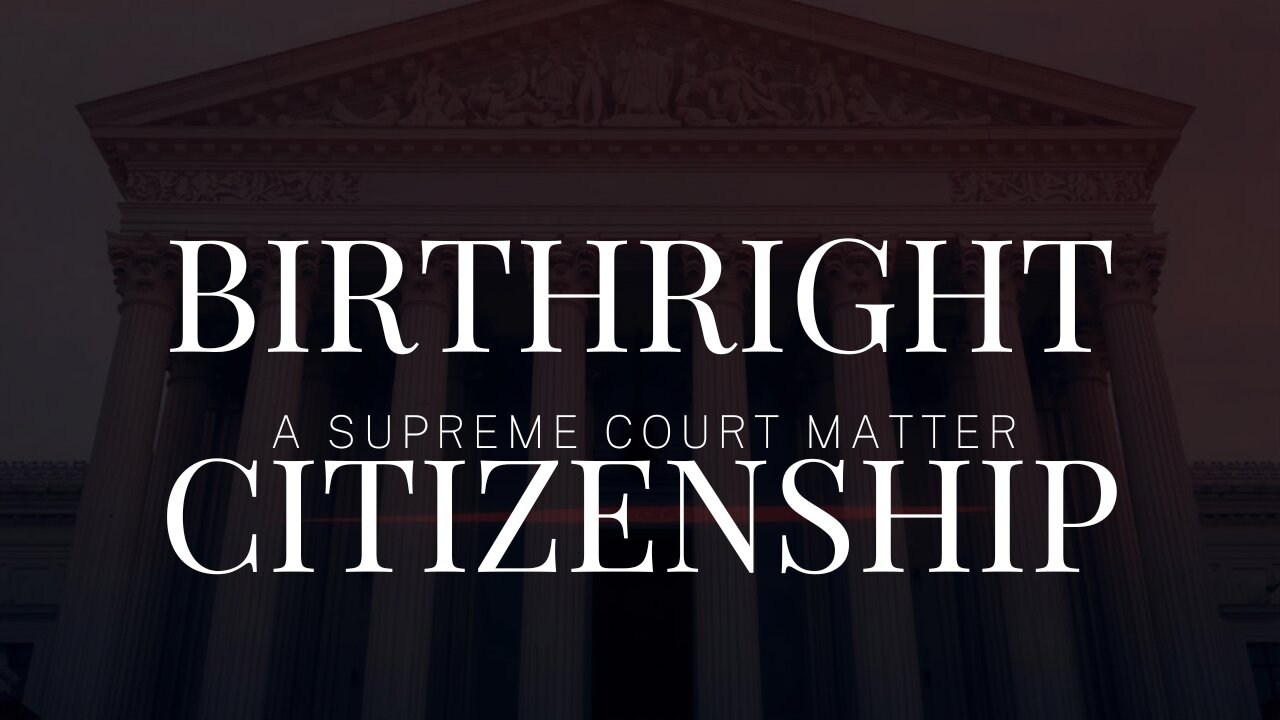Upon resuming office, President Donald J. Trump signed a flurry of Executive Orders. Among them: Restoring Names that Honor American Greatness. For the long term, it sets new policy on the Board on Geographic Names, to evaluate every name of every natural formation in the United States. This applies especially to names that previous Presidents (most of them Democrats) have changed. But the Order changed two names immediately – including renaming the Gulf of Mexico to the Gulf of America. In so doing, President Trump just took yet another lesson from ancient Rome. If we spoke Latin, we would be renaming Sinus Mexici to Sinus Americae – or more simply, Sinus Noster – Our Gulf.
Gulf of America – it’s official
This Executive Order has six Sections, including the boilerplate General Provisions listing authorities the Order does not limit, and rights at law the Order does not grant. Section 1 states the new American policy on geographical names:
It is in the national interest to promote the extraordinary heritage of our Nation and ensure future generations of American citizens celebrate the legacy of our American heroes. The naming of our national treasures, including breathtaking natural wonders and historic works of art, should honor the contributions of visionary and patriotic Americans in our Nation’s rich past.
Section 2 sets the new policy on the Board on Geographic Names. That Board already exists, per 43 USC section 364a. Paragraph a clearly indicates that Trump wants to replace certain current members of the Board. As to who those might be, the Second Trump Administration has provided no clear clues.
Section 3 changes the name of “Mount Denali” (literally “The High One” in the local Native American language) back to Mount McKinley. The “Mount Denali” name was Barack Obama’s idea, which he implemented in 2015. Section 3 sets a deadline of February 19 (30 days after the date of the Order) to:
Change the name back, and
Update the Geographic Names Information System (GNIS) to reflect the change.
The Denali National Park and Preserve will keep its new name. In addition, the Interior Department will give local Alaskan Native tribes the right to suggest names for other geographical features.
But Section 4 is the most consequential change: renaming the Gulf of Mexico to the Gulf of America. As with Mount McKinley, this Section has a 30 day deadline. The change will apply to:
the U.S. Continental Shelf area bounded on the northeast, north, and northwest by the States of Texas, Louisiana, Mississippi, Alabama and Florida and extending to the seaward boundary with Mexico and Cuba in the area formerly named as the Gulf of Mexico.
Google Maps agrees!
Now Google Maps has agreed to reflect the name changes in Sections Three and Four when GNIS reflects them. Google made the announcement on one of its X accounts:
We’ve received a few questions about naming within Google Maps. We have a longstanding practice of applying name changes when they have been updated in official government sources. For geographic features in the U.S., this is when Geographic Names Information System (GNIS) is updated. When that happens, we will update Google Maps in the U.S. quickly to show Mount McKinley and Gulf of America.
Also longstanding practice: When official names vary between countries, Maps users see their official local name. Everyone in the rest of the world sees both names. That applies here too.
https://x.com/NewsFromGoogle/status/1884012692048166951
Which means that American Google Maps users will see “Gulf of America,” but users elsewhere will see both names. That applies to Mount McKinley as well.
The Associated Press said they, too, will honor the Mount McKinley name change. Mount McKinley “lies solely within the United States,” so Presidents have full authority to change the name. But as far as the AP is concerned, the Gulf of Mexico will remain the Gulf of Mexico. The AP will, however, “acknowledge” Trump’s preference. They note that they already recognize two names for the body of water between Mexico and the Baja California Peninsula. Americans call this the Gulf of California, while Mexicans call it the Sea of Cortez.
Reports to this effect have appeared in The Washington Post, The New York Times, CNN, NBC News, The Gateway Pundit, and at Station KTRK-TV (Channel 13, ABC, Houston, Texas).
Section 4 Paragraph a explains the rationale for renaming the Gulf of America:
The area formerly known as the Gulf of Mexico has long been an integral asset to our once burgeoning Nation and has remained an indelible part of America. The Gulf was a crucial artery for America’s early trade and global commerce. It is the largest gulf in the world, and the United States coastline along this remarkable body of water spans over 1,700 miles and contains nearly 160 million acres. Its natural resources and wildlife remain central to America’s economy today. The bountiful geology of this basin has made it one of the most prodigious oil and gas regions in the world, providing roughly 14% of our Nation’s crude-oil production and an abundance of natural gas, and consistently driving new and innovative technologies that have allowed us to tap into some of the deepest and richest oil reservoirs in the world.
The Gulf is also home to vibrant American fisheries teeming with snapper, shrimp, grouper, stone crab, and other species, and it is recognized as one of the most productive fisheries in the world, with the second largest volume of commercial fishing landings by region in the Nation, contributing millions of dollars to local American economies.
The Gulf is also a favorite destination for American tourism and recreation activities. Further, the Gulf is a vital region for the multi-billion-dollar U.S. maritime industry, providing some of the largest and most impressive ports in the world.
The Gulf will continue to play a pivotal role in shaping America’s future and the global economy, and in recognition of this flourishing economic resource and its critical importance to our Nation’s economy and its people, I am directing that it officially be renamed the Gulf of America.
Reaction to the name changes
Sens. Lisa Murkowski and Dan Sullivan (both R-Alaska) are on record opposing the Mount McKinley change.
I strongly disagree with the President’s decision on Denali. Our nation’s tallest mountain, which has been called Denali for thousands of years, must continue to be known by the rightful name bestowed by Alaska’s Koyukon Athabascans, who have stewarded the land since time immemorial.
https://x.com/lisamurkowski/status/1881502799361642810
I prefer the name Denali that was given to that great mountain by the great patriotic Koyukon Athabascan people thousands of years ago.
https://x.com/SenDanSullivan/status/1881816475088097439
Sen. Sullivan said the above as a by-the-way saying. His main message in the video was to celebrate another Trump Executive Order: “Unleashing Alaska’s Extraordinary Resource Potential.” That Order rescinds some 70 Biden administration Executive Orders and other Rules that Sullivan called “The Great Alaskan Lockup.”
Reaction to the Gulf of America name was even more vociferous, at least overseas. Mexican President Claudia Sheinbaum knew this was coming and proposed renaming the entire United States “American Mexicana.” At least one Mexican fisherman called the Gulf “a cultural and natural heritage of Mexico since the 16th century.” The earliest maps, dating to that period, name it the Gulf of Mexico. From the Times:
The gulf has had many names, from the Gulf of Florida to the Gulf of Cortés, but there is evidence of the Gulf of Mexico name sticking as early as 1552, used in print by a Spanish historian, said Samuel Truett, a professor at the University of New Mexico who specializes in U.S. and Mexican history.
Even though the name came nearly 300 years before the country of Mexico was founded, its origins are from the Aztecs, who built a city on which Mexico City was later erected. He noted that while people from the United States typically use “America” to mean their country, the term long predates the nation and originally meant something much broader. To many Latin Americans, it still does.
“It’s this U.S. conceit of taking something that was applied to the hemisphere, really, and claiming it only for one nation,” he said.
Why Gulf of America might stick
Every great civilization has a self-awareness its rivals call conceit. And Donald J. Trump is thinking civilizationally – like the leader of a civilizational state.
In this regard Trump has recognizable company. Vladimir Putin sees himself as another “Czar of All the Russias.” He also has spoken of hearkening back to the days when Russia called itself Union of Soviet Socialist Republics. That name could apply to the original Leninist ambition of creating a world polity. It almost became one, with other countries having to call themselves “British Soviet Socialist Republic,” “French Soviet Socialist Republic,” etc. That it didn’t is only because Nikita S. Khrushchev, the closest thing to an empire builder that the Soviet Union ever produced, was too weak to carry that vision out.
President Xi Jin-ping of China is not as weak as that. He is no doubt conscious of the real name of his country: The Middle Kingdom. Or perhaps, Central Kingdom fits better – the Kingdom at the Center of Human Affairs.
Anyone wishing to play in that league – in the “multipolar” world that now exists – must think in big-league terms. Trump must think in terms of territorial expansion and claiming large bodies of water, for other civilizational leaders to respect him. That’s the motive for picking a name like “Gulf of America.”
Ancient precedent
In fact the precedent of a civilization laying unofficial claim to a body of water by changing its name, is as old as civilization itself. But the most audacious such name change in the history of civilization – which the Gulf of America controversy still does not rival – was the Roman Republic changing the name of the sixth-largest body of water, the Mediterranean Sea. Few people remember that prominent Roman magistrates and Senators, and Rome’s mapmakers, called that sea Mare Nostrum – Our Sea. They started adopting that name during the dictatorship of Lucius Cornelius Sulla. In perhaps mordant semi-acknowledgment, non-Romans referred to the Mediterranean as Mare Suum – Their Sea. (And when speaking to a Roman, they called it Mare Vestrum – Your Sea.)
So Trump, if he spoke Latin, would aim to call the Gulf Sinus Noster – Our Gulf (literally, Our Bay). Naturally that will provoke resentment. But again: one person’s conceit is another’s proper self-respect.
Our Gulf requires Our Ships to patrol it
Of course, to make such a name change stick, one must control the thing named. So one might regard the exact text of the naming order as asserting a claim of territorial waters. The Gulf of America includes traditional American territorial waters from Texas to Florida, and everywhere else in the Gulf beyond the territorial water limits of Mexico and Cuba. (Whether that extends to the beaches on Hispaniola, Jamaica, and other islands except Puerto Rico is not clear.)
This also suggests that Trump plans to establish a strong U.S. Naval presence in the Gulf from this day forward. Rome’s contemporaries called the Mediterranean “Their Sea” because “Their Ships” regularly patrolled it. When “Their Ships” disappeared, the waters were once again the Sea in the Middle of the Earth – the Mediterranean.
All this is consistent with Trump’s confirmed ambition to acquire, if not ownership, then mineral and basing rights over Greenland. Trump wants the mineral wealth of Greenland, or at least America’s share of it. He also wants to make sure the Russians don’t claim the Arctic as Nash Okean.
It is also consistent with another unspoken rule of the sea during the Soviet era. The United States never sought to rename the Atlantic Ocean as “The American Ocean” or “Our Ocean” (Oceanus Noster?). But the Navy definitely so regarded it, as knowledgeable contemporaries repeatedly stated.
Looking ahead in the Gulf of America
So expect more than merely “ditching DEI” in the Armed Forces, and particularly the Navy. Expect Trump to procure more ships, enough to place at least one carrier battle group, a fast-attack submarine squadron, littoral combat vessels (the kind that fight in shallow water), and landing craft. If the Gulf is to remain the Gulf of America – Our Gulf – the rest of the world has to know it, in no uncertain terms.
Link to:
The article:
https://cnav.news/2025/01/28/news/gulf-of-america-our/
Video:

Executive Orders cited:
Google’s announcement (top of thread):
https://x.com/NewsFromGoogle/status/1884012692048166951
Associated Press statement:
Reports:
https://www.washingtonpost.com/technology/2025/01/28/gulf-of-america-google-maps-trump/
https://www.nytimes.com/2025/01/28/world/americas/gulf-mexico-name-change.html
https://www.cnn.com/2025/01/28/tech/google-maps-gulf-of-mexico-america/index.html
https://www.nbcnews.com/news/us-news/google-plans-use-trumps-new-names-denali-gulf-mexico-rcna189535
https://www.thegatewaypundit.com/2025/01/google-agrees-implement-trumps-name-changes-maps-will/
Reactions:
https://x.com/lisamurkowski/status/1881502799361642810
https://x.com/SenDanSullivan/status/1881816475088097439
Declarations of Truth:
Declarations of Truth Locals Community:
https://declarationsoftruth.locals.com/
Conservative News and Views:
Clixnet Media























